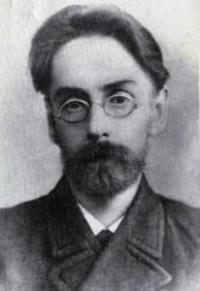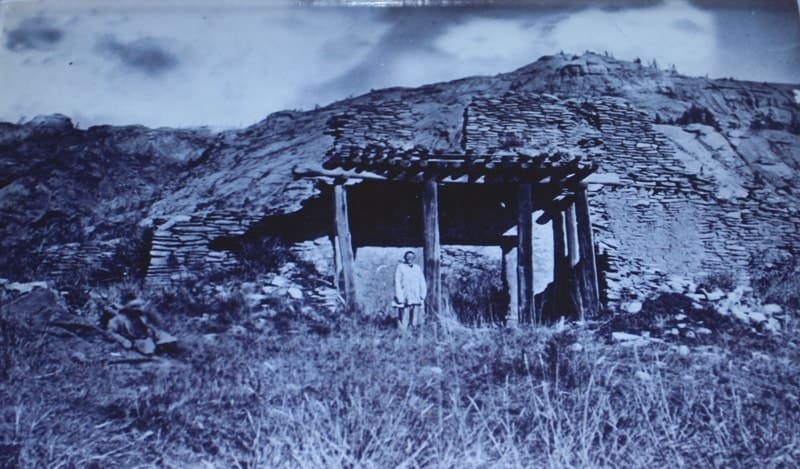You are here
M. Chekaninsky about Kent Palace.

Tours to ancient monuments in Kazakhstan.
"In the Ken-Kozlan Mountains, on the Kyzylsu River, which flows into the Talda, in a delightful location stands a two-story stone building, cross-shaped, constructed of wild rock and lime. The ceilings have collapsed, but it is noticeable that they were once painted red, and the walls were plastered. On the upper floor, a gallery and pediment surrounded the entire structure, supported by four wooden columns painted with mastic, which protected them from rot. There were other buildings near this one, but they have fallen to the ground, the walls overgrown with rose hips and meadowsweet of remarkable size."
Levshin, A.I., "Description of Kirghiz-Cossack or Kirghiz-Kaisak Mountains and Steppes." 1832.
"The palace consisted of a large chamber, 5 sazhens wide and long, with smaller rooms attached to the right and left, and a larger room at the rear." Currently, only the front wall, about two and a half sazhens high, and columns four to five arshins high remain. The side walls of the building and the walls separating the large room are half-collapsed. It is said that several years ago, the log roof was still intact. There was probably a garden with a small pond and irrigation ditches in front of the palace."
N. Konshin. "Memorial Book of Semipalatinsk Region." 1901.
Trip from Karaganda to Balkhash.
"The isolated nature of the area, the layout of the building, and the finds allow us to view Kzyl-Kensh as a Buddhist temple, similar to the Erhe-Tsarji Buddhist temple built in 1646 in the area of the Old Semipalatinsk Fortress, consecrated by Lama Zaya Pandit and devastated, it is believed, between 1660 and 1670 during the Kalmyk civil wars.
The building of the Kent Palace is small, square. The side size does not exceed 5 sazhens. On three sides there are annexes, which have no external exits. It is impossible to say with certainty where the windows were located in the building. By the end of the XIXth century, the structure was already destroyed.
On the southern side, where the wall reached 8 arshins, there was an entrance door. The entrance is built under a canopy. The canopy resembles a balcony and is supported by wooden pillars up to 4 arshins high. Two pillars support the canopy at the very wall of the house, and four support the canopy from On the opposite side, along the edges.
A log is placed on each of the two rear and four front pillars, with 17 medium-thick poles arranged transversely. The space between the poles is filled with planks. Stone slabs are laid on top. Remnants of walls remain on both sides of the canopy.
The purpose of these walls is mysterious. Above the canopy, a window remains in the southern wall above the entrance. Inside the building, four thin beams were visible in the same wall, 3 arshins 7 vershoks above the ground. These are likely the remains of the second-story floor.
Thus, it has been established that the building was two-story. This is confirmed by local legends, the height of the southern wall, and the presence of a window at the height of the second floor. The entire palace and its outbuildings are built of poorly hewn stone slabs.
The structure was plastered with clay both inside and out. The walls are 1 arshin 2 vershoks thick. The ruins of various buildings were located around the palace. Nearby There are several graves near the palace. They do not appear Kazakh. The Kent Palace was a monument built during the Dzungar Khanate.
Several clay pots containing wheat seeds - objects of Buddhist worship - were found near the ruins of Kyzyl-Kenish".


Authority:
Information used materials M.A. Chekaninsky "Ruins of Kyzyl-Kent in Karkaraly region" 1928.
Photographs of ancient Kent Palace from Karkaraly Museum were used.







